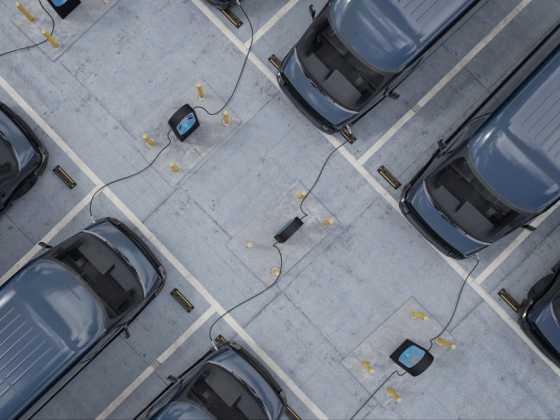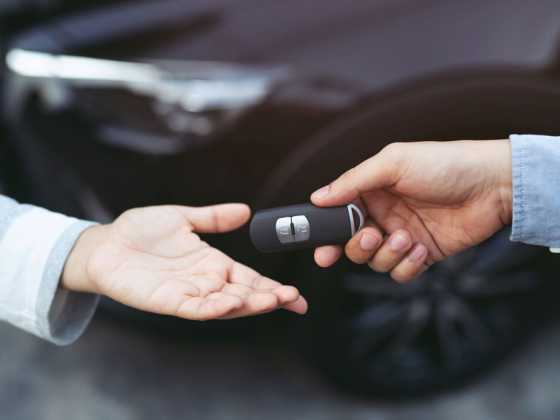Welcome a new government department with a ‘Z for Zero’ in it

Zemo Partnership's Andy Eastlake discusses what the new Department for Energy Security and Net Zero means for transport decarbonisation
As I write, news is breaking of the Prime Minister’s reorganisation of the Government department formerly known as BEIS. I know some will welcome this as they never quite worked out how to pronounce the acronym, but with the new Department for Energy Security and Net Zero, I think I’ll wait for an official steer rather than speculating on ‘DESNZ’.
And whilst tumult in government is rarely helpful in the short term, the appearance of ‘Net Zero’ in the new department’s name sends a clear and compelling message about direction. Couple that with the integration of energy which is the vital sector link (who said DECC?) and a Secretary of State only recently departed from transport, there should be greater policy alignment to support the decarbonisation agenda, which is encouraging.
Perhaps it’s the other key piece of news in the headlines that also illustrates the need for change. Britishvolt, the UK battery startup, is to be bought by an Australian firm after a very public and depressing fall into administration just a few weeks ago. It led to calls for a different kind of industrial strategy and to criticism of BEIS (despite having ‘industrial strategy’ in its name) for not providing sufficient support. Giving a whole departmental responsibility to Science, Innovation and Technology separate from the new Business and Trade Department may enable clearer segregation of these technology levels and production challenges.
It's crucial that the UK develops the industrial capability to retain and support our automotive sector. Indeed, a decade ago the Automotive Council presented the consensus view of five strategic technologies for UK automotive, publishing ‘roadmaps’ with ‘energy storage and management’ being an important one. Not all the predictions made then have turned out quite as forecast (it’s an interesting read) but battery research and development has indeed been a UK strength. But now, with demand burgeoning for batteries from every sector of automotive (from mopeds to trucks), the urgent need for batteries (and indeed power electronics motors and drives) must focus our industrial manufacturing minds as sharply as our research and innovation ones have been.
So, with three new departments and an alphabet soup of letters and acronyms, ES&NZ, SI&T, B&T and ES&NZ we have an ecosystem to support net zero transport from technology and innovation to business and energy. But in the current set-up, there’s one crucial letter missing from the Cabinet table! Who will represent ‘M’ for ‘Manufacturing’?






